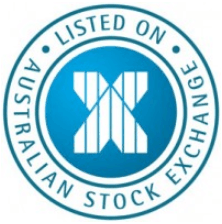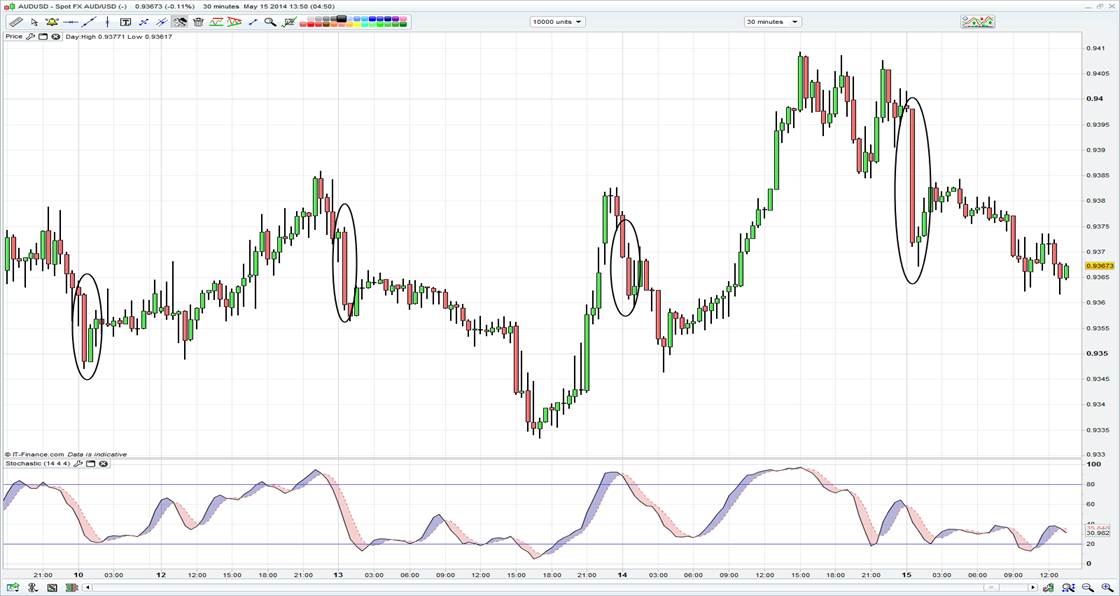
Chris Weston, Chief Market Strategist at IG Markets
In focus today has been the developed bond market and whether the fall in yields is a precursor to future moves in other markets like equities.
Certainly there is absolutely no stress in the credit markets, which will often be the real canary in the coal mine for equities. However the bears seem to be getting more of a voice and the calls for a pullback are getting louder. The NASDAQ seems to be the index of choice for shorts, but another way of expressing this is through being long June VIX (volatility index).
The big developments in European trade were poor UK wage data, a slightly more dovish (than what was being priced in) delivery from BoE governor Mark Carney and further narrative from the ECB, this time ECB director Peter Praet, that negative deposit rates could be used in the future.
Fixed income in focus
The move lower in UK gilts were aggressive, with 10-year bond dropping 10 basis points on the day to stand at the lowest levels since October. If we look at market pricing for UK rates some of the froth has definitely come out of the market with short sterling futures now pricing in 92 basis points (from 101bp) by March next year. 10-year German bunds are at the lowest levels since May and certainly todays Q2 ECB Survey of Professional Forecasters will be closely watched, especially to see if there are revisions to the ECB’s 2015 and 2016 inflation expectations. Clearly there is a sizeable element of easing being priced into the market now, but the interesting issue is no one really knows in what form.
What we actually see from the ECB will ultimately depend on whether the market has sufficiently priced the correct action. It seems therefore that despite increased rhetoric from the ECB lately, they are still holding their cards close enough to their chests so as to retain the element of surprise.
US yields reacted to news in Europe and have broken below the bottom of the multi-month range themselves and like the European bond markets have sizeable event risk today, with April CPI in play. The Fed look at core PCE (personal consumable expenditure) over headline or core inflation, but for market watchers this data point gets much attention. Price action therefore in US bonds markets could really drive equities and naturally the USD over the coming 24 hours. It’s worth flagging that Janet Yellen also speaks a few hours after the US equity and bond market close, although futures markets will still be traded.
Did the Bank of Korea move AUD/USD above 0.9400?
In Asia the same has been seen with the Aussie 10-year dropping to the lowest levels since August, down five basis points on the day. AUD/USD has seen a slight move lower and while many were putting the move higher yesterday down to a less erroneous budget, this didn’t make a lot of sense to me as bond yields also fell. I would expect a sell-off to occur on a less erroneous budget, not buying, and then the Bank of Korea bought $1 billion yesterday to support USD/KRW (or weaken the KRW). Talk on the floors was that the BoK has had to neutralise or ‘recycle’ USD holdings, so in turn did so by buying AUDs. Fading AUD/USD on moves to 0.9400 seems logical.
It’s also interesting that for the past four days AUD/USD has found good sellers between 12pm and 12:30pm AEST (or 3pm to 3:30pm GMT), 30 minutes prior to the UK ‘fix’. It seems there is a big program sell order that is going through the market, however it seems like a fairly clear trade to put on.

Staying in the central bank space and the BoJ have been fairly active today. Firstly in early trade we saw a sensation Q1 GDP, which at 5.9%, was a meagre 1.7% above expectations. The market gave this print a wide birth as traders knew the surge was down to increased inventory, with consumption coming out more in-line. Perhaps the more interesting comments came from BoJ governor Kuroda who, along with the finance minister detailed that they are looking at the stock market and would take action if needed if their price targets were threatened. Perhaps this was also in relation to the BoK’s FX intervention yesterday, but the JPY bears (or Nikkei bulls) will be content knowing that despite a more upbeat BoJ of late, that they are still keen to stabilise markets should selling really increase.
European markets should open modestly lower, with European GDP data in play. On the ECB front we get narrative from Constancio and Mersch and the market will be keen to see if we get a clearer read on the likely course of action from the ECB. At the most it seems we could hear that the bank has a range of tools available in the June 5 meeting, however its worth highlighting that easing is not a done deal (although it is likely) and a strong CPI print on June 3 could see better buying of EUR’s and selling of European fixed income products.